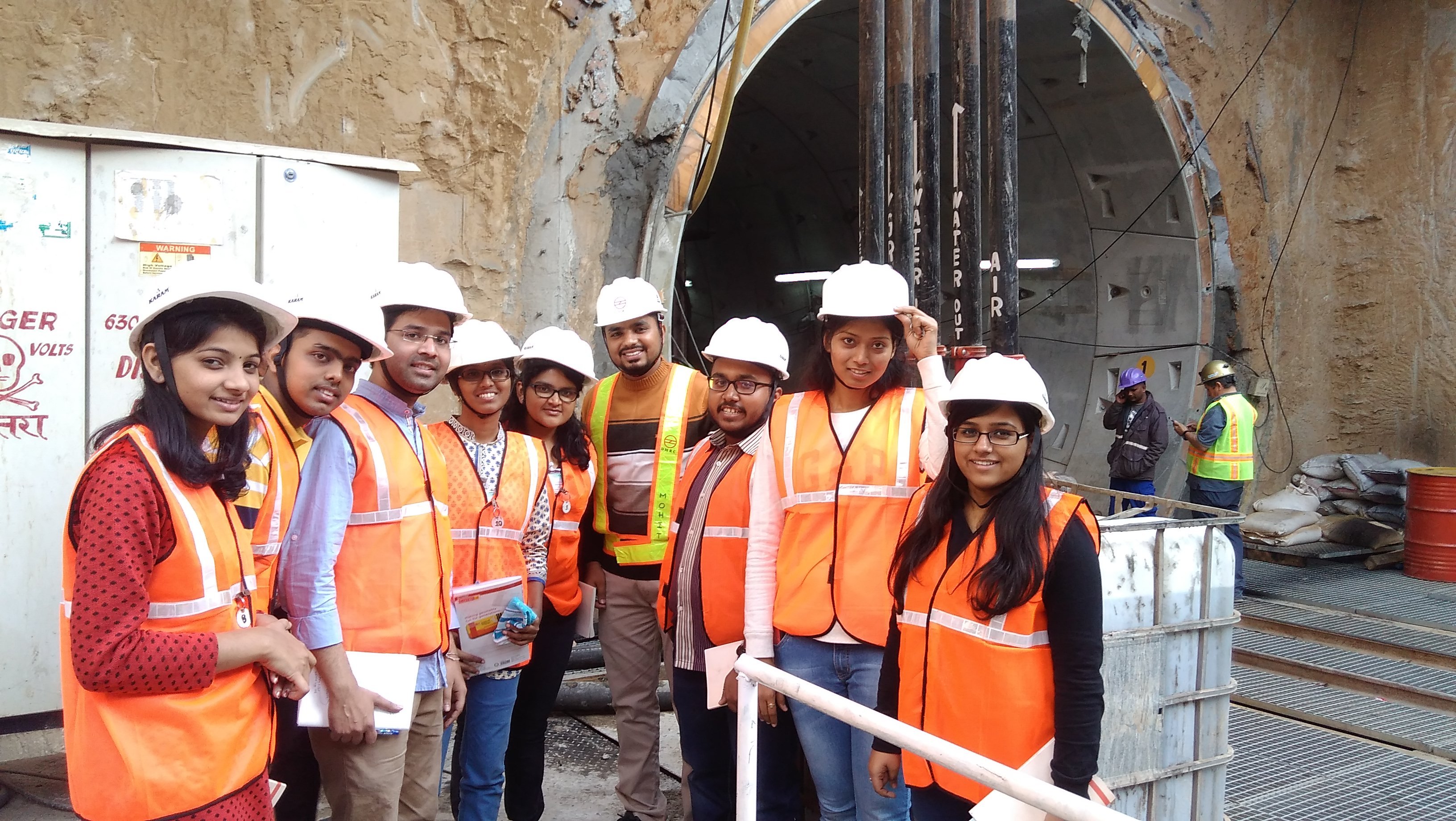
My Story: A Journey Which Showed Me Good Governance Practices In India
6 May 2016 12:59 PM GMT
An immersive travel program on good governance in India.
It is said that travel broadens perspectives. And it is these perspectives that bring you closer to reality; else it is so easy to wallow in one’s own pre-conceived notions. If you are an amateur policy maker, who aspires to change status-quo in the society, traveling becomes all the more imperative. Thanks to social media and other online news platforms, we are updated with the latest policy developments in the government and have our opinions about them ready. But for a policy maker, opinions serve no good. A policy maker must judge governance, not just through general opinions, but by having an open mind to analyze the multiple trade-offs that are required to be made, especially when every decision has high stakes attached to it. To be able to do have that open mind, one must travel, see for oneself the complexities involved, interact with different stake-holders, understand their loyalties and allegiances, be aware of the resulting unintended consequences, so that one can get a complete understanding of the problem before one begins to judge governance.
On the December 12th 2015, 15 young change-makers took 8 days off their busy schedules to travel – embarking on an “academic” holiday or a yatra to be able to do precisely this! The Good Governance Yatra, organized by Vision India Foundation was a first-of-its-kind travel based immersive program designed to enable future leaders of our nation to have a first hand experience of good governance models, interact with visionaries who made them happen and learn about the intricacies of policy in action. 1 bus, 15 passionate delegates, 8 days, 1500 kms, 4 governments, 10 projects – from singing “ajeeb dastan hai yeh” on Jaipur highway to having serious policy discussion at 2 am in the morning, that was Good Governance Yatra!
The journey started in Gujarat. With the amazing hospitality and delectable gujju food, it took us some effort to focus on the job at hand. Perhaps the first words that strike our mind on hearing the name ‘Sardar Sarovar Dam’ is Narmada Bachao Andolan. We are all quite too familiar with the agitation and the sequence of events. Nonetheless, the project is an Engineering marvel and a visit to the place is a must in order to appreciate the technical prowess in erecting something as huge as the Sardar Sarovar Dam which is today generating 7400 crore revenue to the state. But then, development comes at a cost. The Narmada Water Tribunal was set up to entail guidelines for humane resettlement and rehabilitation of the displaced population. We visited Sukha, one of the rehabilitated villages and interacted with the people. While the government claims it has gone out of its way to empower people and resettle well, it raised interesting questions on what empowerment truly means – is it providing assistance to the affected people to an extent where they become lazy and abdicate their responsibilities on to the government or building their capacities so that the people are empowered to solve their own problems. Following this were visits to Socio Economic Zones, the slum rehabilitation and urbanization projects at Sabarmati river front. We also visited Punsari, India’s most developed village and spoke to the dynamic sarpanch Himanshu Patel, whose leadership transformed the impoverished village into a self-sustainable model village.
We then headed to Rajasthan to understand how the state is using technology for data driven governance. Technology is being used to set up kiosks that increase the efficiency of the service delivery system. We went sub-terrain, at the Jaipur Metro Construction site to understand both the science and the governance behind pulling off a project such as this in a city which has innumerable archaeological heritage sites. Getting permissions from various departments to lay down metro tracks, giving utmost preference to customer safety, procuring heavy machines, securing funds through huge loans from banks, planning 10 years ahead of time to cater to the growing population and strategizing to make it profitable are all extremely tough things to do, but are often overlooked by us in our rush to catch the next metro.
Haryana was mostly about understanding Beti bachao beti padhao project. We visited a smart Anganwadi, which was set up through the CSR funds of Vedanta. We also visited police stations that are run and managed completely by women. In Delhi we visited the E-governance cell to understand how data is being used by the government. We got a chance to witness the live update of number of villages being electrified every day. Meeting Shri Jitendar Singh at the parliament reassured that there is place and demand for young talent to take up positions in the government to find solutions to our problems. We also visited the sewage treatment plant to understand the Biological Oxygen Demand process to clean up sewage water. Interactions with the concerned officials made us aware of some disconcerting facts on cost escalation and the degree of water pollution in Delhi.
The 8 intensive days left us with a lot of food for thought. Though the schedule ended after 8 days, the memories on the bus, the experiences on the ground, the strong bonds we shared, the yatra has put us on much lofty journey of finding out our piece in the puzzle in order to be the change we want to see!
-Written by Shreemathi Tumkur, participant Good Governance Yatra
Shreemathi Tumkur is an education entrepreneur based in New Delhi, currently working on capacity building in primary schools of South Delhi. She would be joining Masters in Public Administration at School of International and Public Affairs, Columbia University in the batch of 2016-18.
To find out more, check out – http://visionindiafoundation.com/ggy/
 All section
All section













